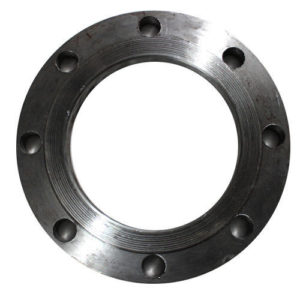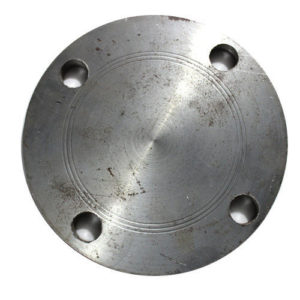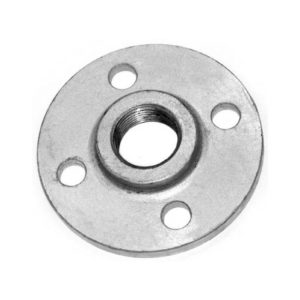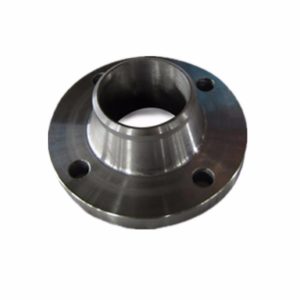



A flange is an external or internal rib, or rim (lip), for strength, as the flange of an iron beam or I-beam (or a T-beam); or for a guide, as the flange of a train wheel; or for attachment to another object, as the flange on the end of a pipe, steam cylinder, etc, or on the lens mount of a camera. Thus a flanged rail is a rail with a flange on one side to keep wheels, etc., from running off. The term “flange” is also used for a kind of tool used to form.
Specification:
- ANSI B 16.5 from 1/2″ to 24″ and classes150 to 2500 (complete range).

Applications:
- Used in quick assembly to save the cost, these are also used in less strict requirements in terms of length of pipe section.
Range:
- 15 NB upto 600 NB in 150 LBS, 300 LBS, 400 LBS, 600 LBS, 900 LBS, 1500 LBS, 2500 LBS / Table 2.5, Table 6, Table 10, Table 16, Table 25, Table 40, Table 64, Table 160, Table 320, Table 400.
How to measure flanges?
- Take the measurements of:
- OD: Outside Diameter
- ID: Inside Diameter
- BC: Bolt Circle
- HD: Hole diameter
- T: Thickness
